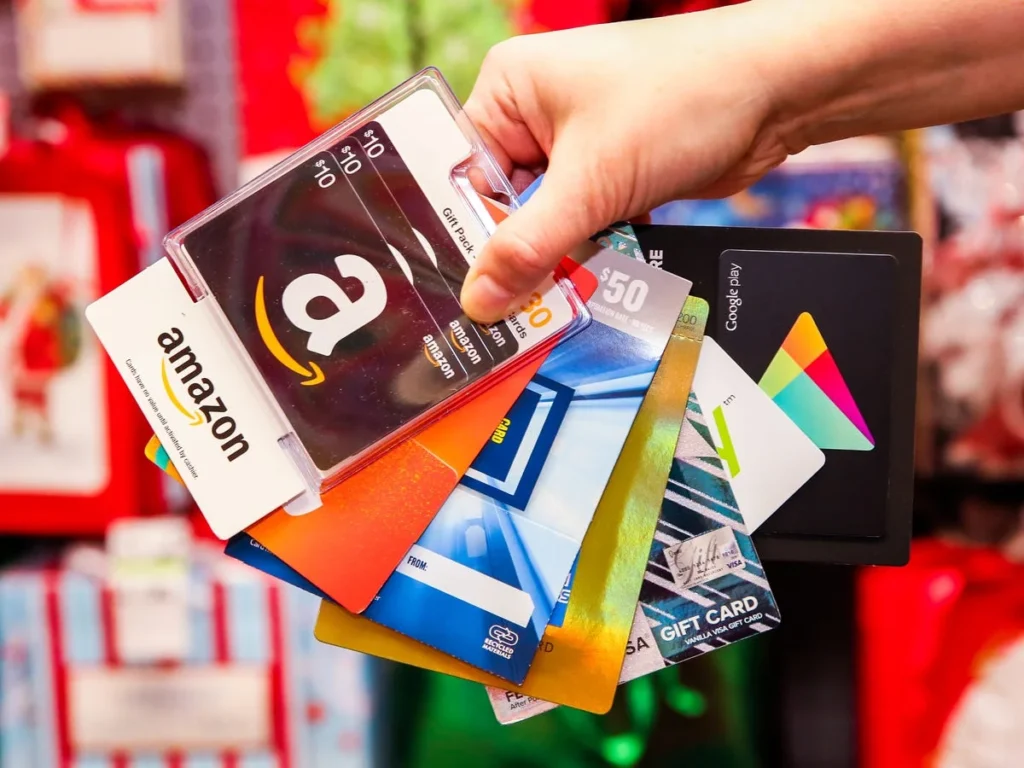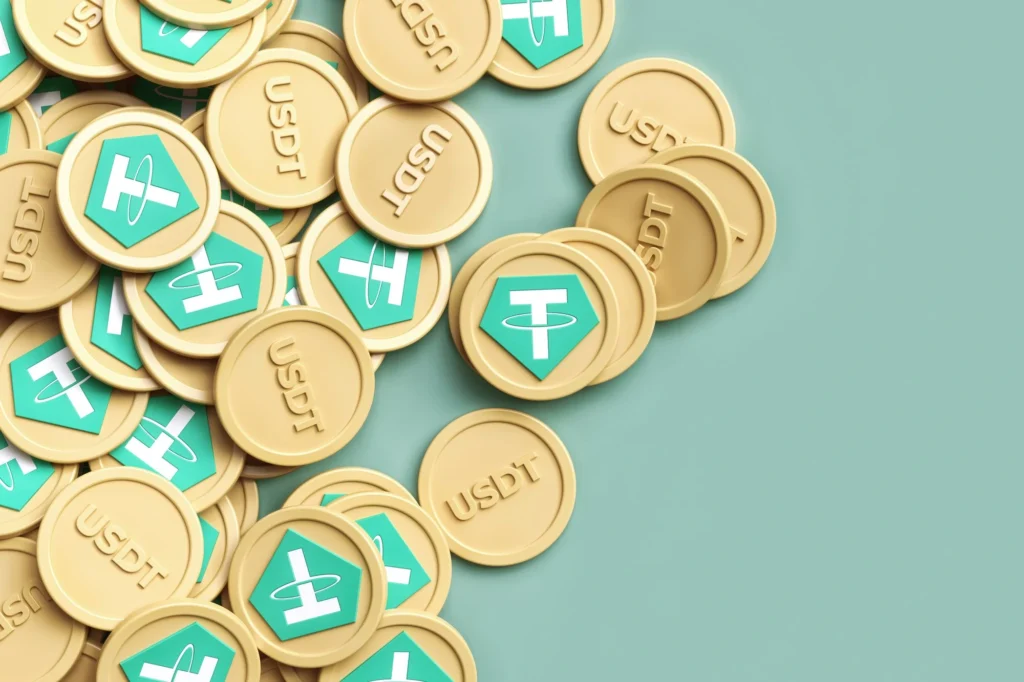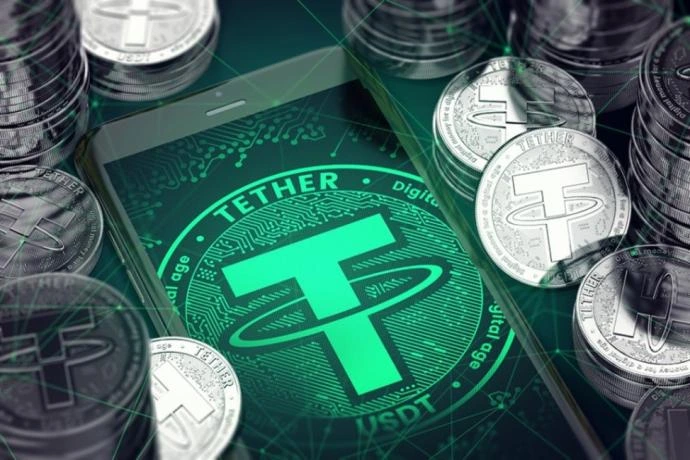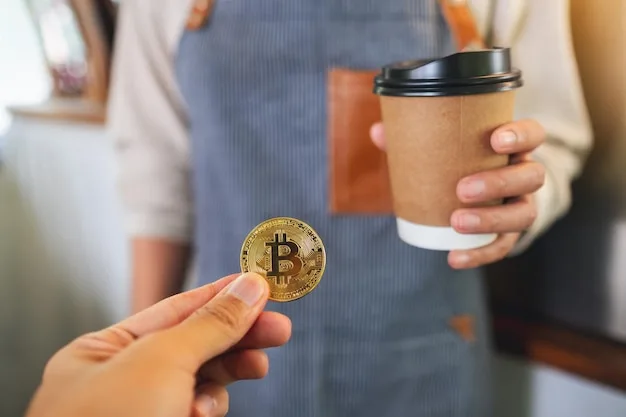From Wallet to World: How USDT Is Slowly Entering Daily Life
USDT in the Real World: Just Hype or the Start of Something Bigger?
In recent months, USDT real world usage has moved from speculative buzzword to an emerging reality. As cryptocurrency adoption spreads, stablecoins—especially Tether’s USDT—are beginning to play a more practical role in daily life.
But can USDT, a digital token pegged to the U.S. dollar, actually be spent like traditional currency? The answer is increasingly leaning toward yes—though with a few important caveats.
Early Signs of Adoption


USDT was once primarily used for crypto trading, functioning as a stable alternative during volatile market shifts. However, that’s beginning to change.
While still far from mainstream, USDT is finding real-world use across a growing number of services and platforms. In places like Latin America and parts of Asia, small businesses and freelancers have started accepting USDT payments directly.
Among the most notable use cases:
- Freelancing platforms like Bitwage and LaborX enable users to receive earnings in USDT
- Gift card marketplaces such as Bitrefill allow customers to buy everyday items with USDT, including Amazon, Uber, and Starbucks credits
- Some travel, gaming, and VPN providers are now accepting stablecoin payments
- A handful of brick-and-mortar businesses in crypto-friendly regions are piloting USDT-based transactions
Though rare, these examples point to a shift: USDT isn’t just for traders anymore.
Why Use USDT Instead of Dollars?

In countries experiencing inflation, currency instability, or banking restrictions, stablecoins offer a compelling alternative.
USDT, being tied to the U.S. dollar, provides a level of predictability—something that’s often lacking in local currencies. More importantly, it’s accessible without relying on traditional banking infrastructure.
“People are turning to stablecoins because they work,” says a crypto consultant based in Buenos Aires. “Bank transfers can take days. USDT payments can take minutes.”
For international freelancers or remote workers, the convenience is even more evident. Receiving payment in USDT can sidestep both banking delays and conversion fees.
USDT Real World Usage: Pros and Cons

Despite growing enthusiasm, there are still limitations.
Pros:
- Stable value compared to volatile cryptocurrencies
- Faster and cheaper cross-border transfers
- Can be sent peer-to-peer, without banks or intermediaries
Cons:
- Limited acceptance in physical retail spaces
- Regulatory scrutiny in some regions
- Requires digital literacy and a crypto wallet
While major retailers have not yet embraced USDT, smaller players and niche platforms are experimenting with it. However, most transactions still require a smartphone and a bit of know-how. Apps like Binance Pay or TronLink help, but they’re not exactly user-friendly for beginners.
A Growing—but Gradual—Shift

In terms of volume, USDT remains the most circulated stablecoin globally. With billions in daily transaction volume, its presence in the crypto world is undeniable.
But USDT real world usage is growing slowly—especially in comparison to the hype. Infrastructure, legal clarity, and merchant tools are still catching up.
Even so, there are signs of progress. Several fintech firms are building APIs that help businesses accept stablecoin payments. In countries with unstable banking systems, consumer demand is already pushing adoption forward.
“If enough customers want to pay in USDT,” says a software developer in Nigeria, “businesses will figure out a way to accept it.”
Looking Ahead: Could USDT Become Part of Everyday Spending?


So—can you spend USDT directly? Increasingly, yes. But it’s not yet as seamless as swiping a credit card or tapping a phone.
USDT real world usage is here, but it’s still limited to early adopters, specific platforms, and tech-savvy communities. With that said, the potential is clear. If stablecoin infrastructure continues to mature, and regulatory frameworks evolve alongside it, USDT could very well become a practical tool for daily transactions.
For now, the world where you buy your morning coffee or groceries with a stablecoin isn’t far-fetched—it’s just… not quite here yet.
Relevent news: Here




